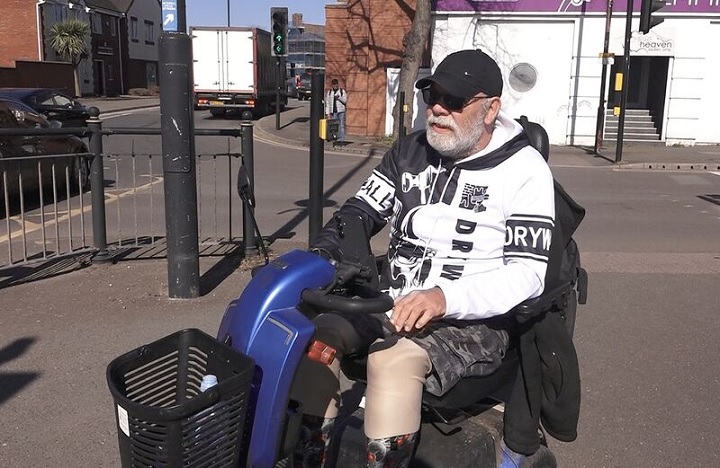
PLEASE NOTE, THIS WEBINAR HAS BEEN POSTPONED UNTIL SEPTEMBER 2025. MORE DETAILS TO FOLLOW IN DUE COURSE.
A webinar taking place next week will address the urgent safety challenges faced by mobility scooter users.
With casualties rising annually and riders facing a raft of significant risks on their journeys, this event will provide attendees with essential knowledge to play their part in tackling systemic risks through evidence-based strategies.
Organised by Project EDWARD, the webinar takes place via MS Teams at 11am on Thursday 8 May.
Key areas for discussion include rising incidents of harassment and physical attacks, including strategies to mitigate conflict and improve public awareness of user challenges.
Attendees will learn best practices for aligning scooter models with individual needs, addressing concerns around inadequate training and improper vehicle selection.
Experts will also examine the lack of mandatory hazard training and review evidence-based hazard awareness training using real-world footage.
Experts speaking at the event include Duncan Guest (Nottingham Trent University), who will discuss ground-breaking research on mobility scooter hazards and training efficacy.
Duncan led a study, funded by The Road Safety Trust, which found that despite being vulnerable road users, motorised mobility scooter users receive virtually no training about the types of hazards they face that might put them at risk.
NTU has received a follow on grant from The Road Safety Trust to reduce incidents and enhance the safety of mobility scooter users through the creation of new safety guidance and the development of an app.
Richard Hannan (Surewise) will share insurer perspectives on risk reduction, while Sharon Hilton from Warwickshire Road Safety Partnership will be on hand to discuss a successful initiative from the area.
Rebecca Morris from Vision Zero Communications will help devise an action plan to improve safety and – crucially – to eliminate the stigma felt by users.
Project EDWARD believes this webinar will be critical for road safety teams, policymakers and healthcare professionals seeking to enhance user safety while balancing mobility independence with public protection.
Comment on this story